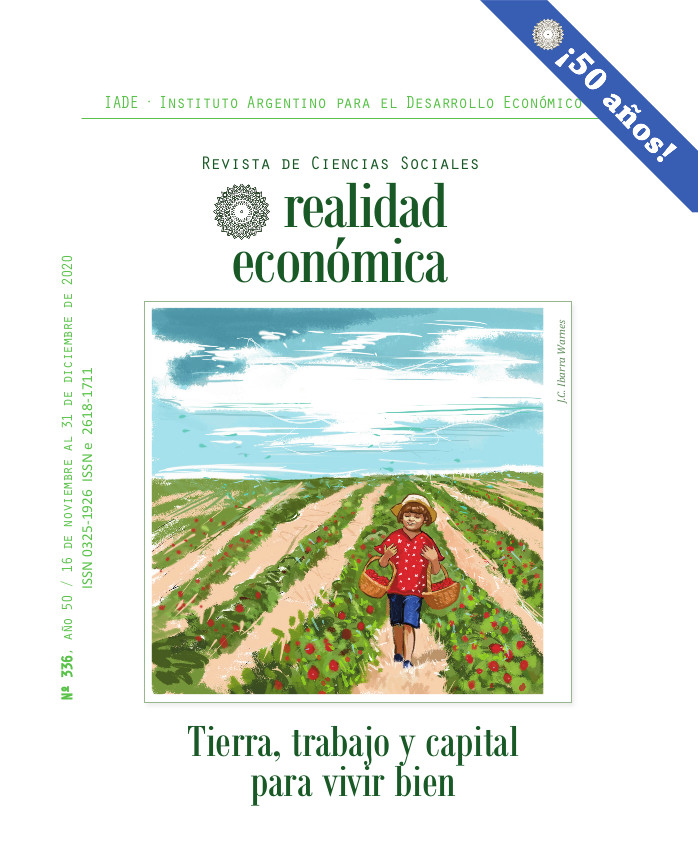Notes for a critique of trickle down theory
Keywords:
Trickle down theory, Distribution, Inequality, Growth, PovertyAbstract
In this paper we revisit the marginal proportional substitution rate (TMPS) introduced by Nanak Kakwani in 1993, we propose a new formalization that allows us to specify its scope (and limitations), and to highlight its value as a reasonably simple and practical device to guide the overall design of those public policies that aim to reduce levels of income poverty. Likewise, we argue that the different analytical strategies that seek to explain the changes in the poverty rate from the effect-income/effect-distribution duality (standard theory) end up being more complementary than critical to the “trickle down theory”. This is because these strategies tend to identify economic growth with that of household income. We will argue here that this identity is neither conceptually nor empirically valid and we propose, consequently, a new strategy to decompose changes in the incidence of poverty based on three main components (growth effects, participation and distribution).
Downloads
Published
Issue
Section
License
La responsabilidad de los artículos firmados recae de manera exclusiva sobre sus autores y su contenido no refleja, necesariamente, el criterio de la dirección ni de la entidad editora.
Los artículos pueden ser libremente reproducidos con sólo acreditar a Realidad Económica como fuente de origen, salvo indicación en contrario.






